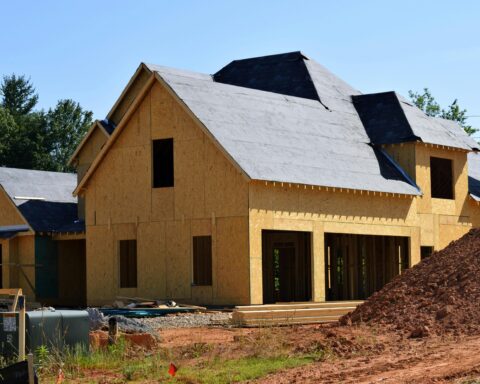The U.S. Department of Energy has committed $1.3 billion to underwrite three large-scale transmission projects that will provide new options for clean energy resources in six states around the country.
The Transmission Facilitation Program, a component of the federal Bipartisan Infrastructure Law, oversees a $2.5 billion revolving fund that will help developers clear the final financial hurdles to launch large-scale shovel-ready transmission line projects. This week’s announcement was the first of two rounds of funding.
For this first round of funding, DOE has signed capacity contracts as the “anchor customer” on three proposed transmission line projects. Such a strategy is intended to increase the confidence of additional investors and customers – thereby reducing the overall risk for the project developer. DOE is authorized to buy up to 50% of planned line rating up to 40 years and sell the contract to recover costs.
The capacity contract is one of three strategies DOE can use to support transmission line projects. The federal agency also is authorized to offer a direct loan to proposed operators. In a third option, DOE can use the revenue as a funding stream for a public-private partnership (P3), but only if that project has been deemed of high interest to the country in the recently released National Transmission Study.
DOE anticipates a second round of TFP funding in the first half of 2024 through a Request for Proposals. The second round will commit the remaining $1 billion balance in the revolving fund.
The revolving fund is a new venture for DOE. The additional transmission lines are expected to add 3.5 gigawatts of additional grid capacity, which is equivalent to bringing electricity to 3 million homes. Construction and operation of the three transmission line projects is expected to add up to 13,000 direct and indirect jobs.
The first three projects approved for funding are:
- Cross-Tie 500kV Transmission Line – This 214-mile, 1,500 Megawatt bi-directional transmission line is expected to relieve congestion on key parts of the grid between Nevada and Utah. Construction is expected to start in early 2025. The recently released Transmission Needs Assessment estimated the Mountain region of the country will need nearly 2,300 gigawatt-miles of new transmission to maximize productivity. Cross-Tie contributes 14% to the estimated regional need.
- Southline Transmission Project – This 175-mile, 748 Megawatt transmission line between Hidalgo County, New Mexico, and Pima County, Arizona, will deliver clean-energy options to growing parts of Arizona that currently rely on fossil fuel generation. Construction on this line also is expected to start in early 2025, with the Southline serving as only the beginning of a larger-scale project. The Transmission Needs Study estimated a need for 935 gigawatts per mile of new transmission. This also contributes 14% to the region’s projected need.
- Twin States Clean Energy Link – This 1,200 Megawatt high-voltage direct current bi-directional line between New Hampshire and Vermont will also provide access to clean firm energy supplies in Quebec, Canada. Excess energy also can be exported when New England produces more energy than it needs to meet its own demand. Excess energy is expected as the offshore wind industry in New England expands.
DOE’s assessment of transmission lines, known as the State of the Grid, is nothing new. That happens every three years. What is new, with the passage of the Bipartisan Infrastructure Bill, is the creation of DOE’s Grid Deployment Office, which is expected to target the improved resilience and reliability of the nation’s energy grid.
The Transmission Needs Study, released on Oct. 30, estimates the country must more than double the existing regional transmission capacity and expand existing interregional transmission, five times over, to meet long-term clean energy goals.
The Transmission Facilitation Program and the Needs Study represent financial and planning elements of DOE’s three-pronged approach to expanding and modernizing critical electric infrastructure: enhancing transmission planning, strengthening permitting processes and providing financial tools to support deployment.












